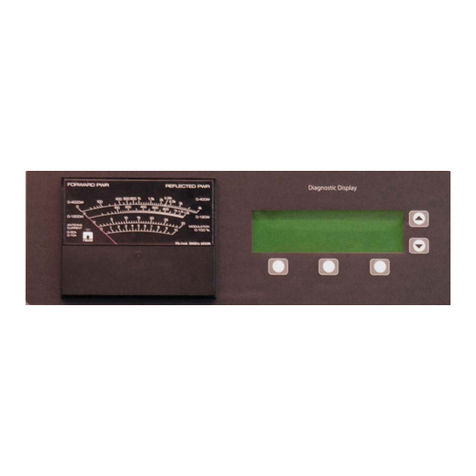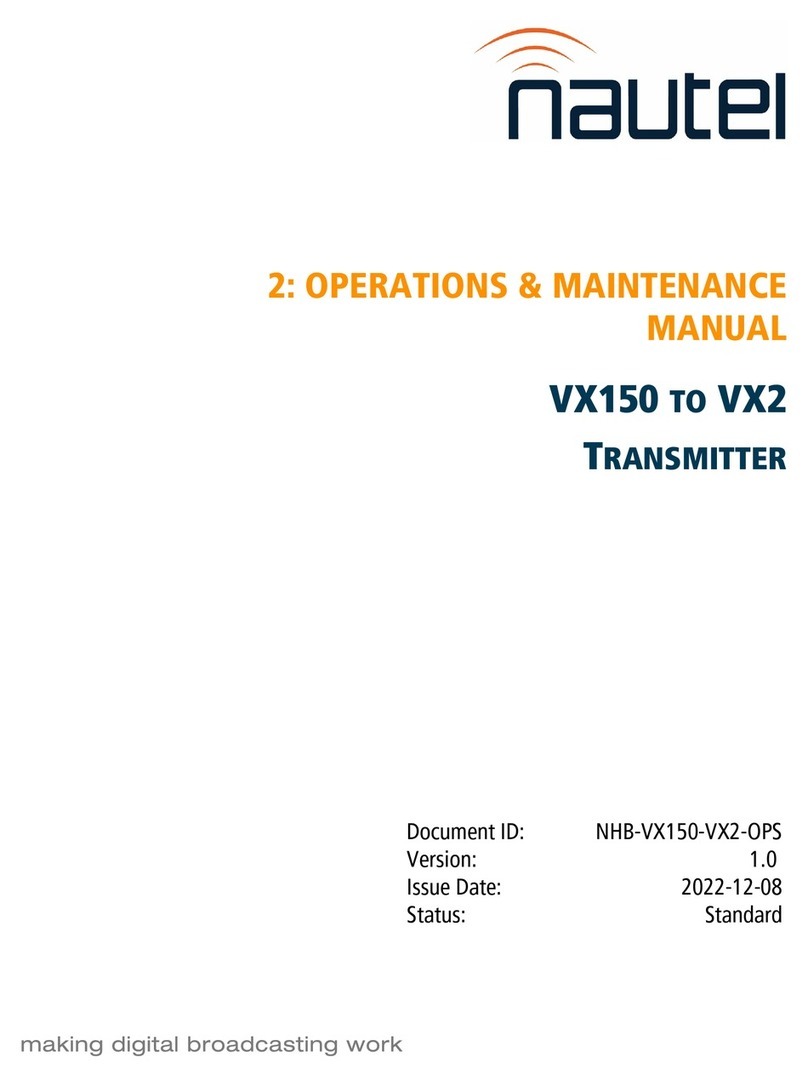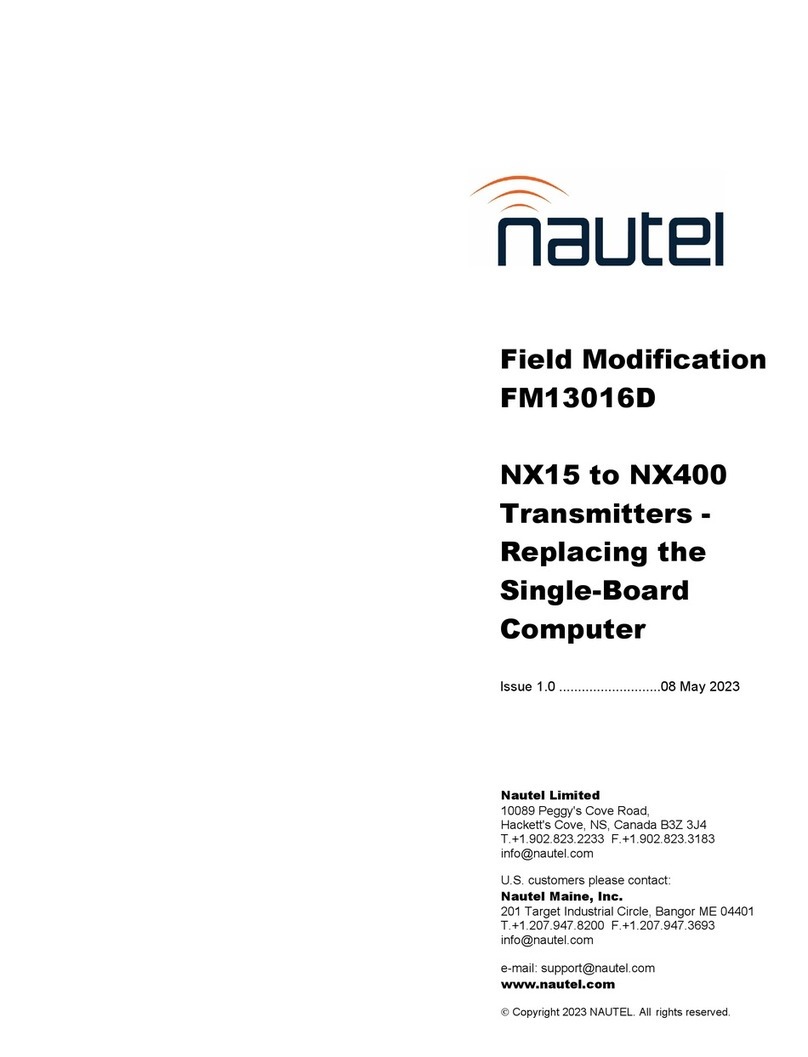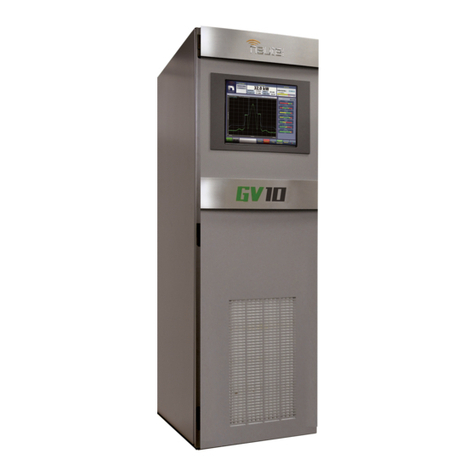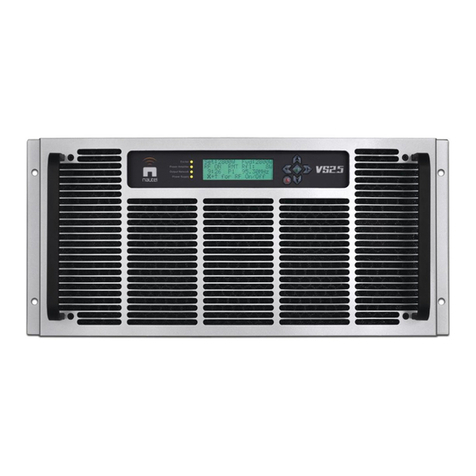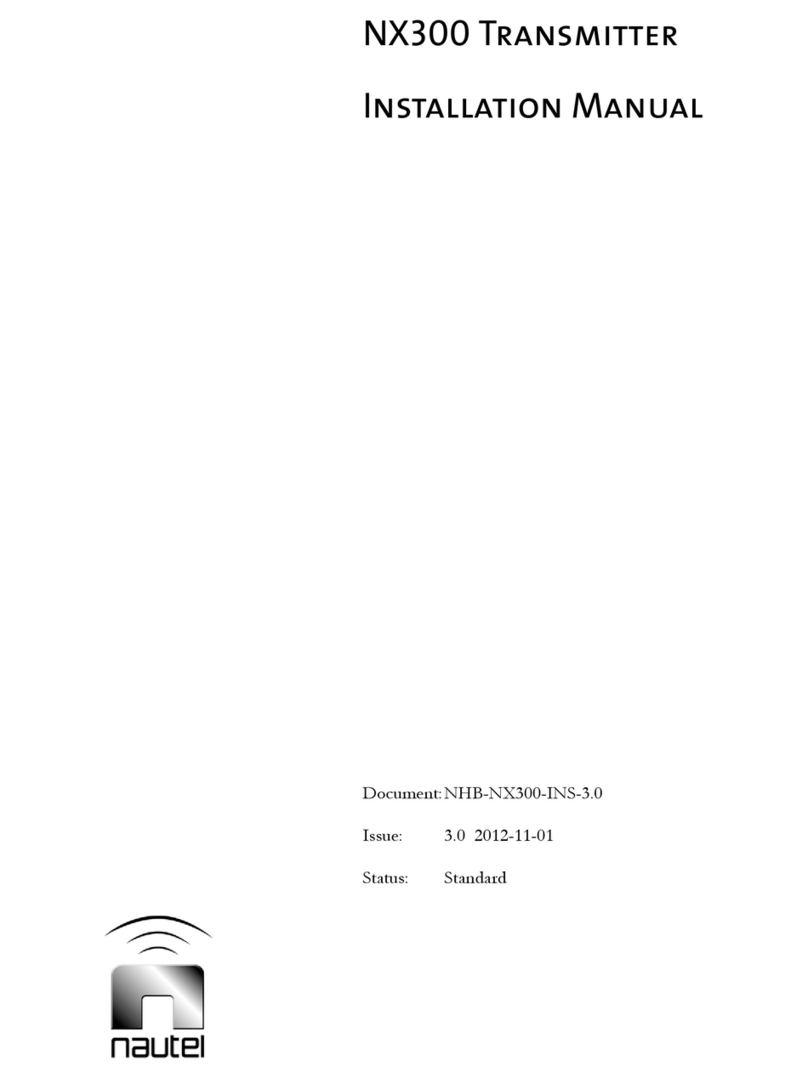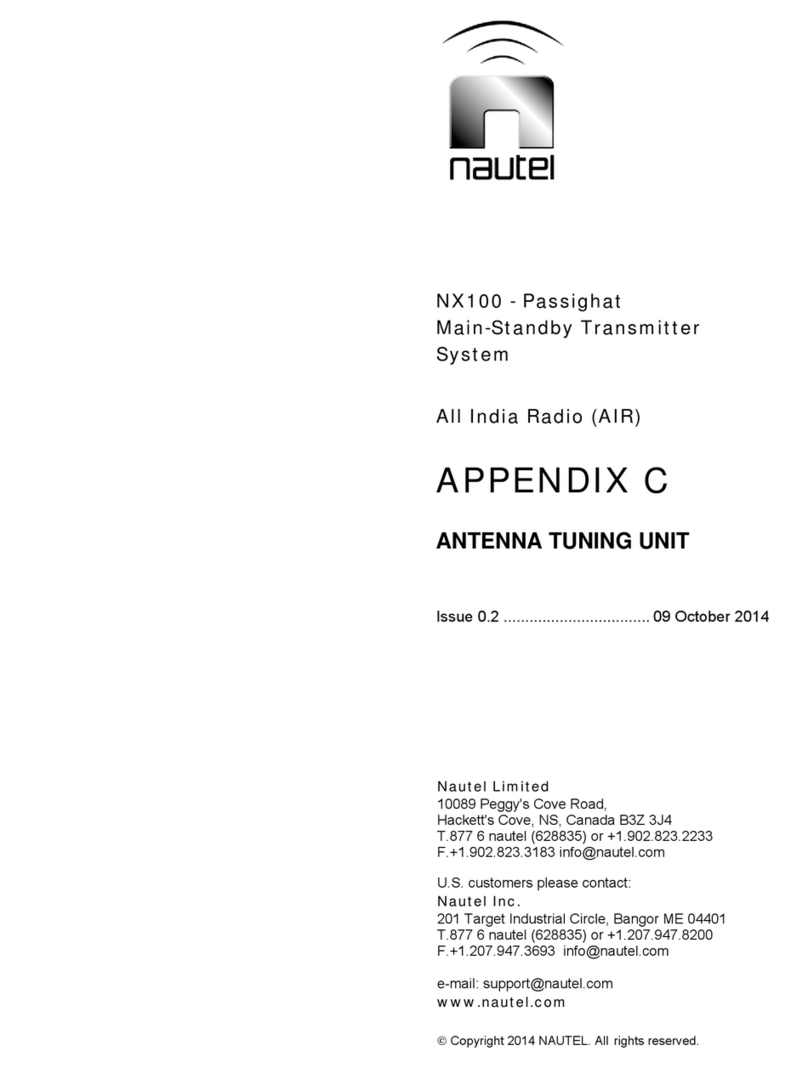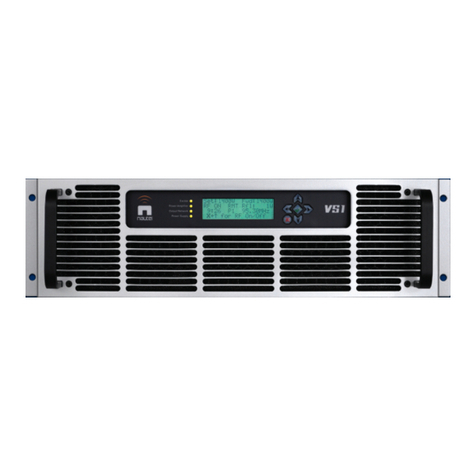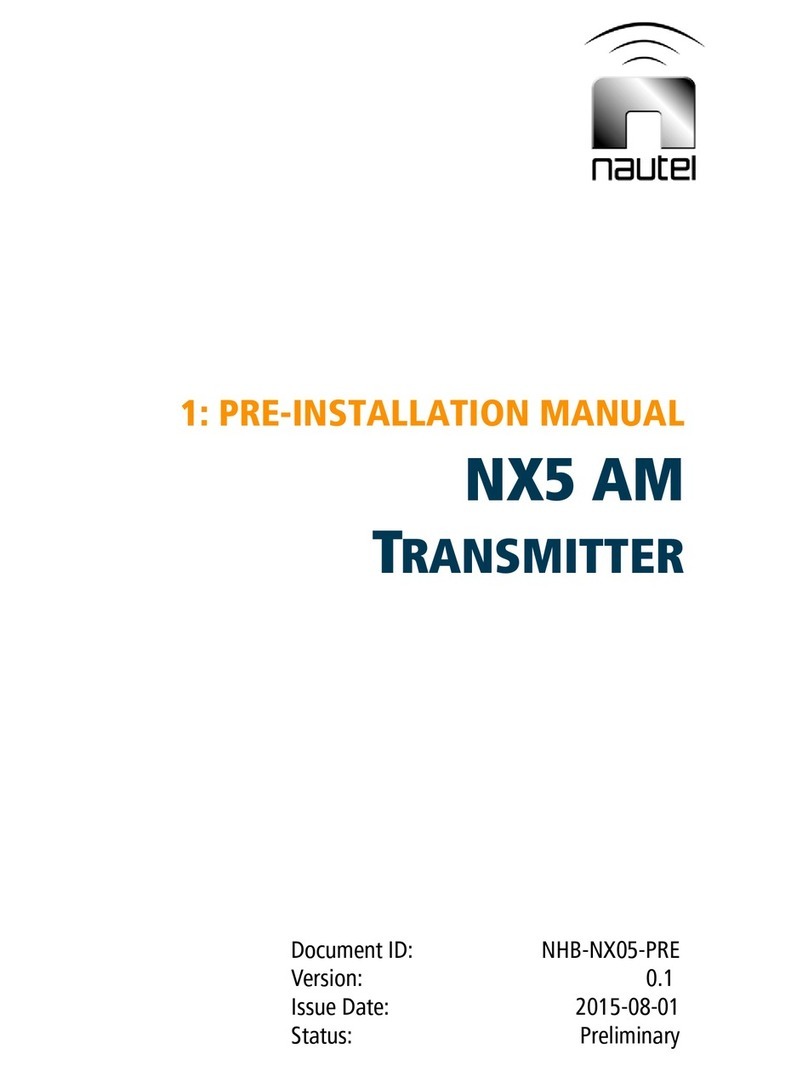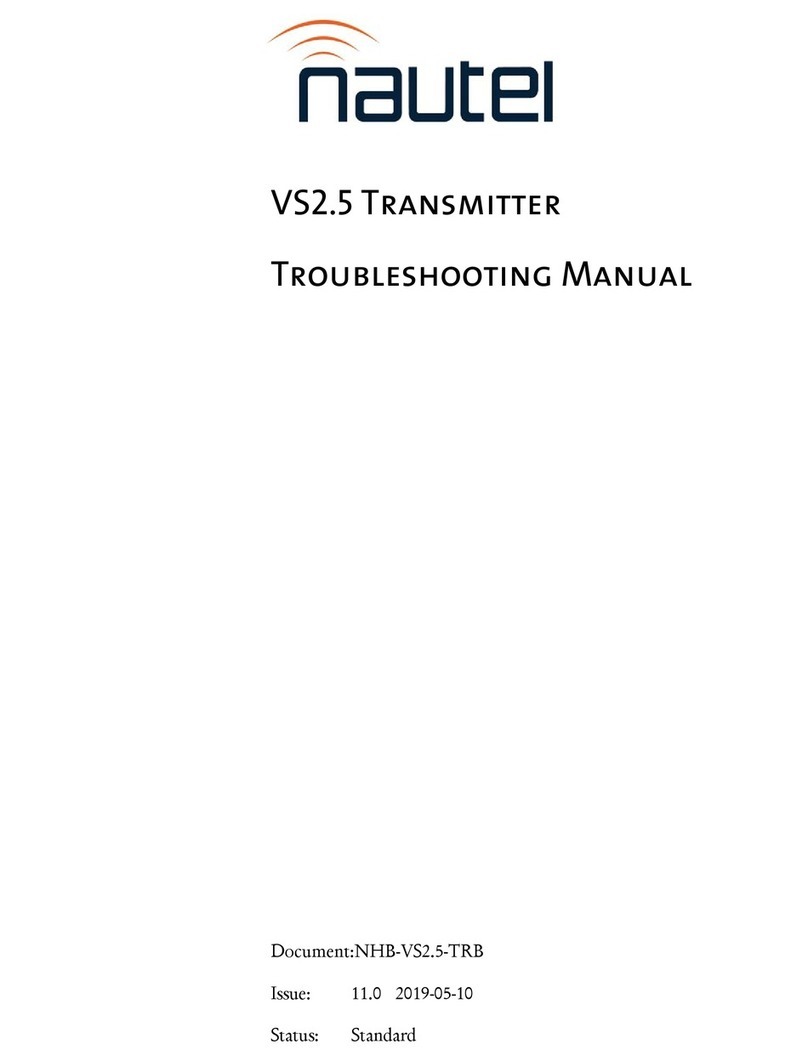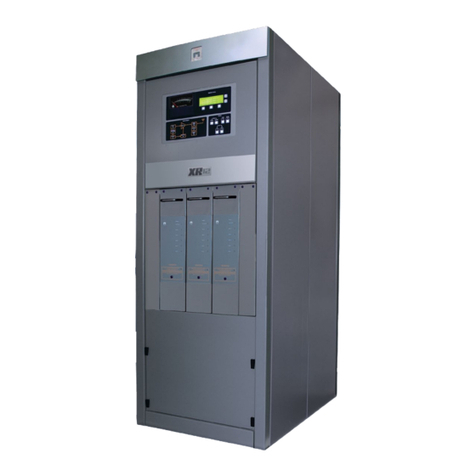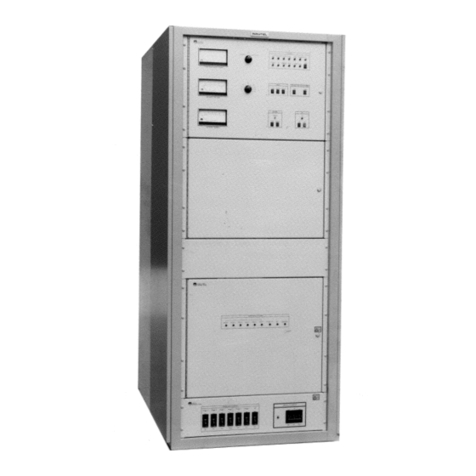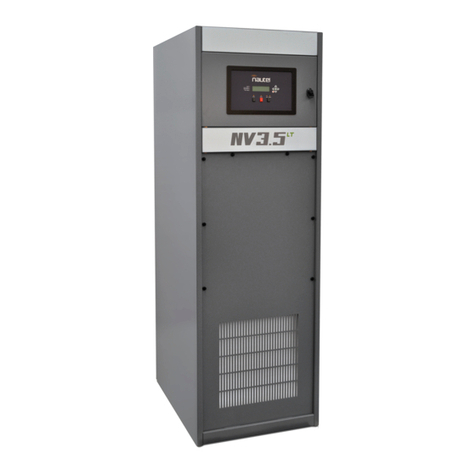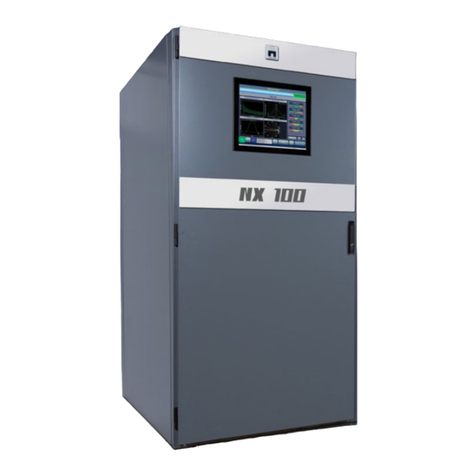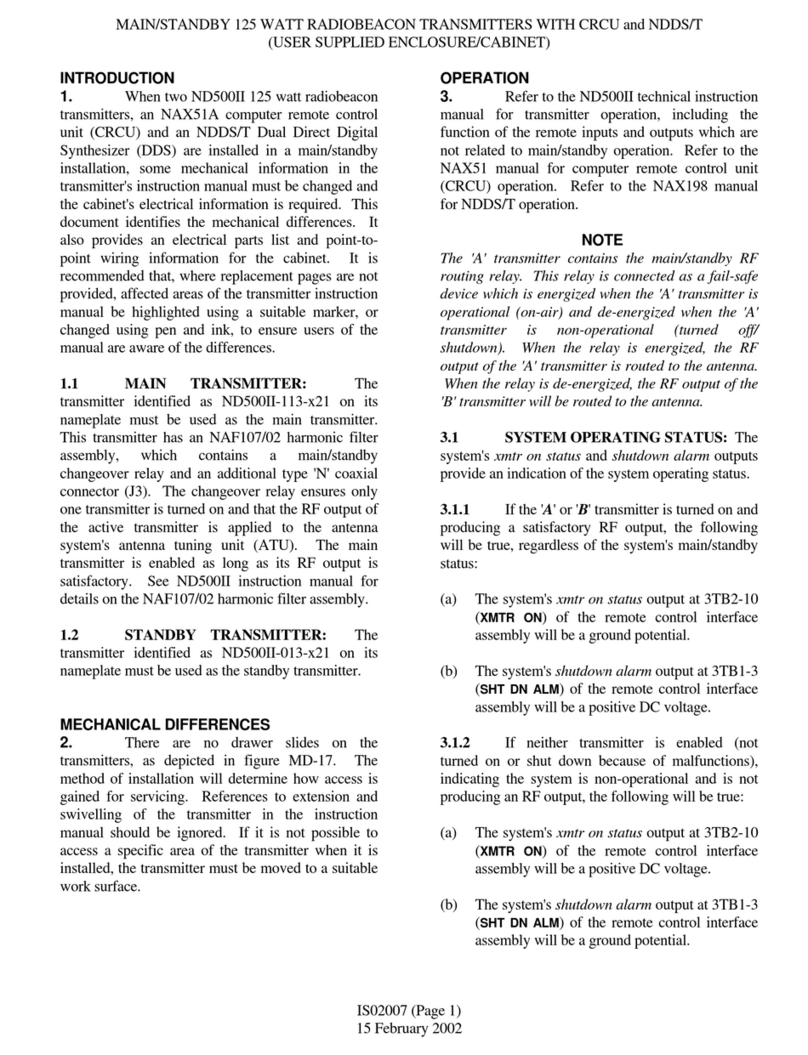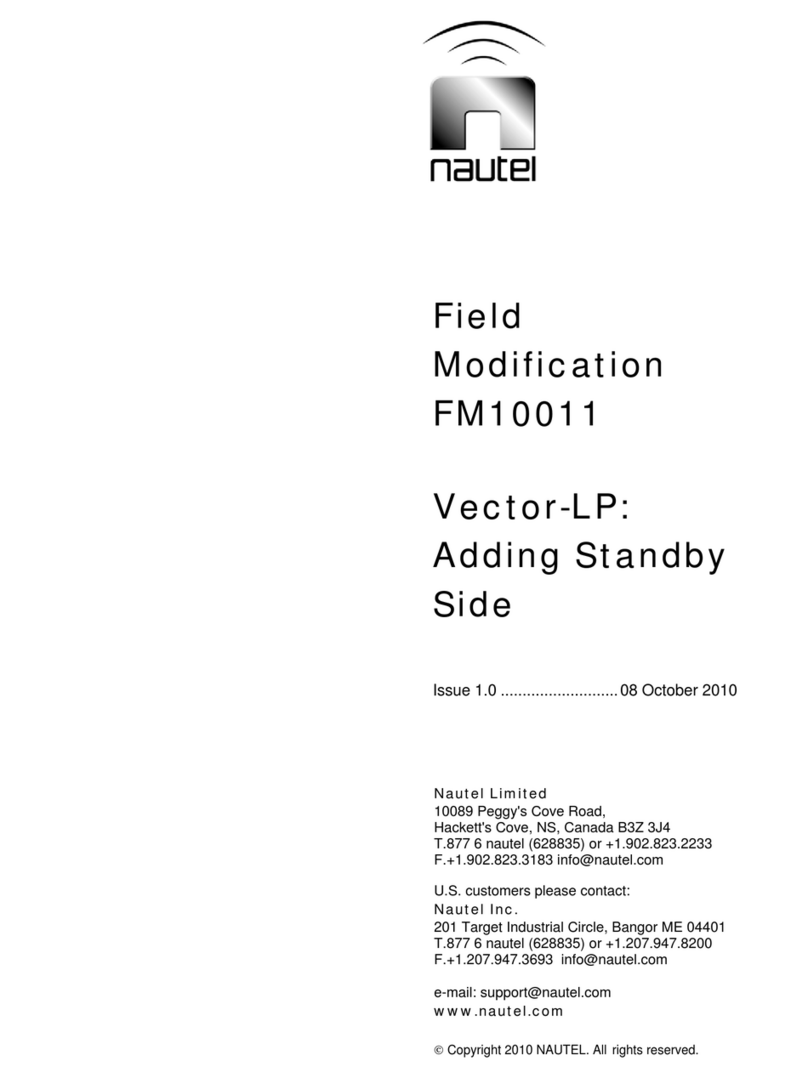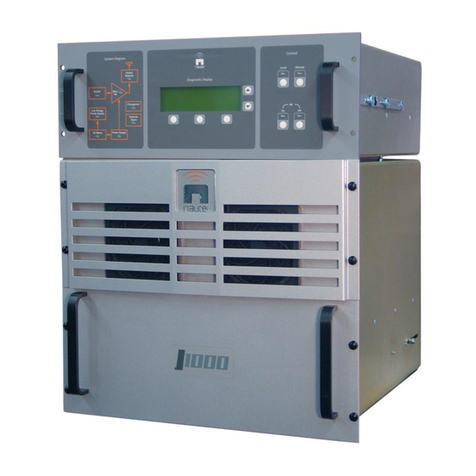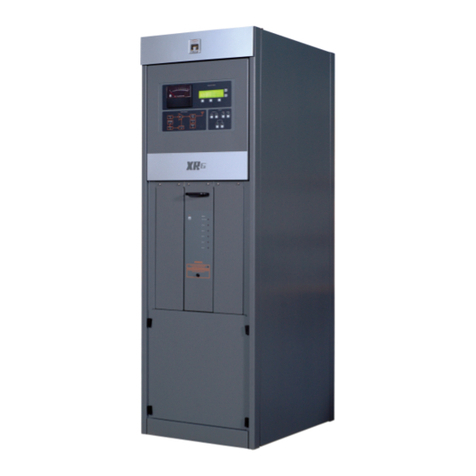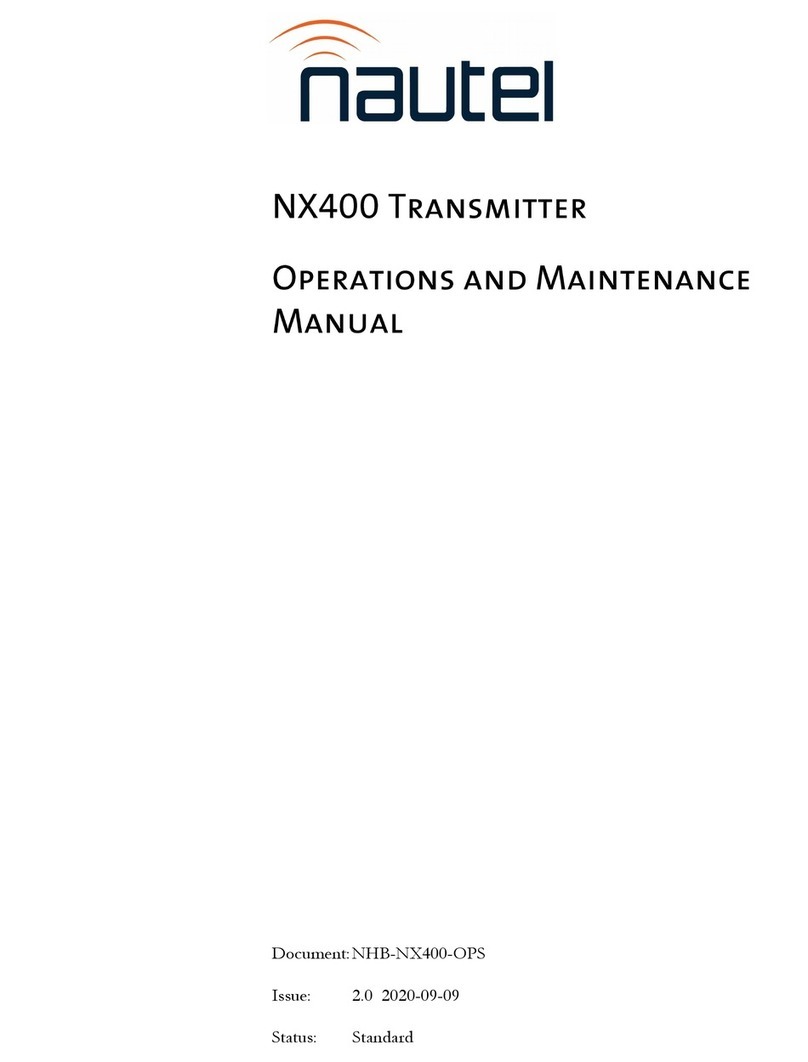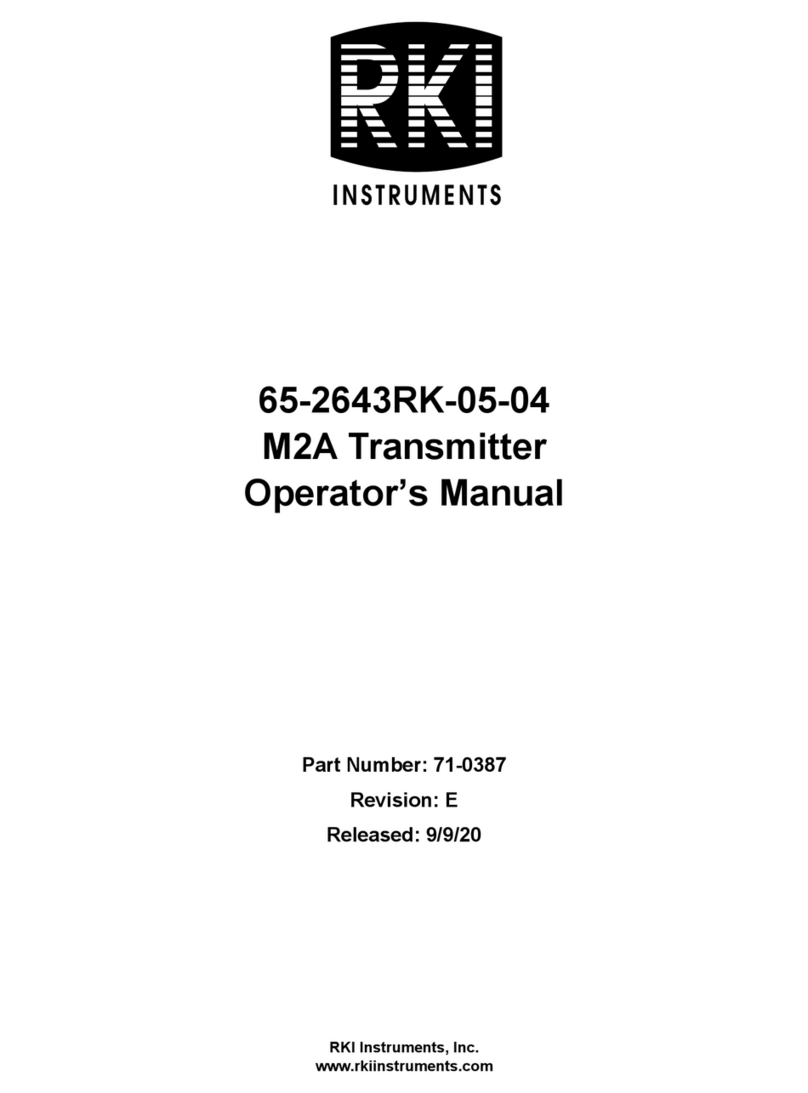
V10/V7.5/V5/V3.5 Installation and Operation Manual Jul.05.07
Electric Shock - Rescue Methods
Electricity can damage the body in a number of ways. It may interfere with the proper functioning
of the nervous system and the heart action, it can subject the body to extreme heat and can
cause severe muscular contractions. The path that the current of electricity takes through the
body is important. Currents that pass from hand to hand or from hand to foot may pass directly
through the heart and upset its normal functioning. This threat to life is related to the amount of
current or amperage that will flow through a victim's body. Very little current (as little as 10 mA)
can result in severe shock or death.
Speed in the application of first aid measures is absolutely essential in cases of electrical injury.
As soon as the victim is freed safely from the source of the electrical current, if breathing has
stopped, artificial respiration should be commenced immediately. If the carotid pulse cannot be
felt, external cardiac massage should be commenced simultaneously. Resuscitation should be
continued until the patient is breathing on his own or until medical aid arrives. Survival rates can
be quite high if cardiopulmonary resuscitation is started within 3 to 4 minutes of the injury being
received.
Act At Once - Delay or Indecision May Be Fatal
1. Turn OFF the electrical source.
2. Commence artificial respiration immediately.
3. Treat for burns, bleeding and shock.
Removing a Casualty From Electrical Contact
LOW VOLTAGE - 0 to 240 volts (household use)
Switch off the current, if possible and time permits. If the switch cannot be located immediately
and the supply is through a flexible cord or cable, the current may be shut off by removing the
plug or even breaking the cable or wrenching free. Never attempt to shut off current by cutting
cord with a knife or scissors.
If the current cannot be shut off, the greatest care is necessary in removing the casualty.
Household rubber gloves, rubber or plastic hose (if there is no water in them), a dry unpainted
stick, or a clean dry rope can be used to free victim.
HIGH VOLTAGE - 240 volts and up (industrial machines and power lines)
Do not touch any person or equipment in contact with a wire.
Use a dry, unpainted pole, clean dry rope, dry rubber, or plastic water hose to separate the
casualty from the contact.
Keep as far away as possible.
Do not touch the casualty until the casualty is free.
